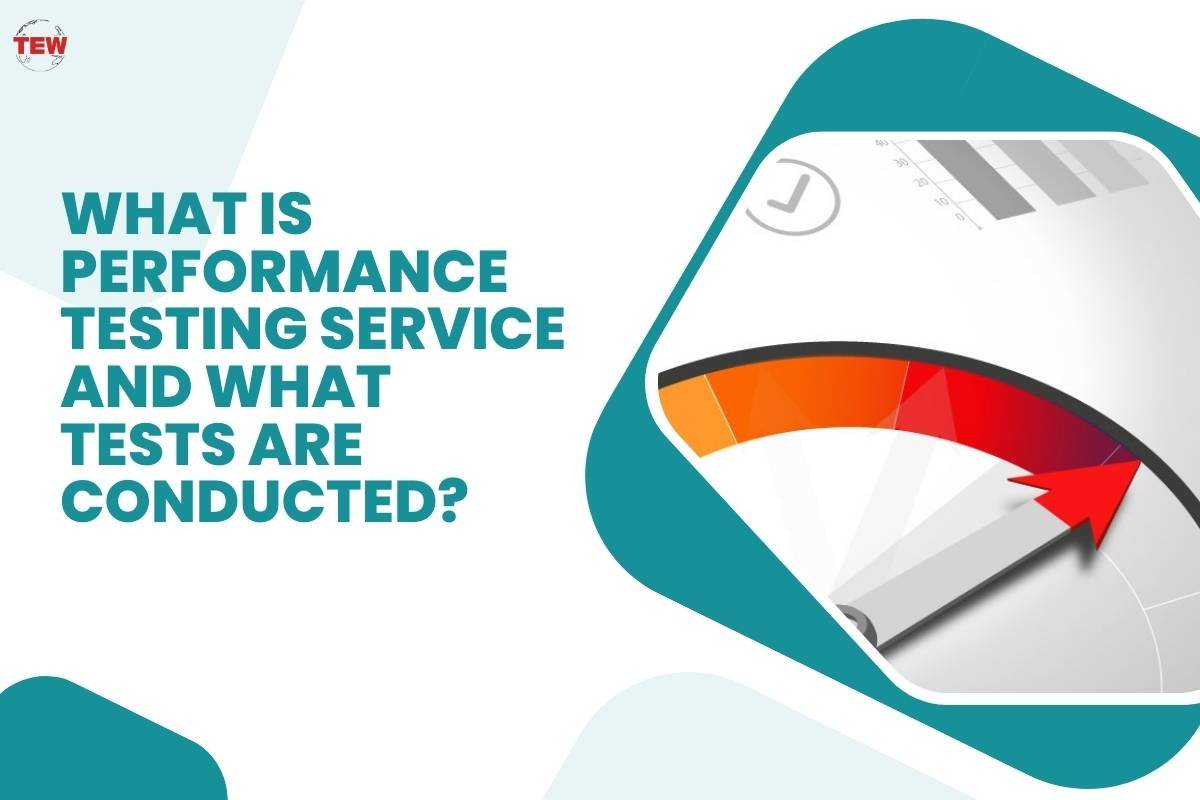When businesses acquire or develop their own software, it is critical to ensure that these applications can handle their intended work efficiently and securely. This is where performance testing service comes in – specialised services that conduct a variety of tests in order to assess the functionality and robustness of a system. This article will explain how this works and why it is so important in today’s business landscape.
What are Performance Testing Service?
Performance tests are a suite of evaluations designed to assess the behaviour and capability of a software application under various conditions. These tests simulate real-world scenarios, measuring how well a system handles expected and unexpected user loads, data volumes, and operational endurance over extended periods. The primary aim of performance testing service is to identify potential bottlenecks and improve stability, ensuring that the software can meet all of its performance criteria before it goes live.
There are numerous different tests that can be conducted by a third-party performance testing service provider. Each of them are aimed at slightly different areas or functionality within the software. Once completed, the developers will have a better idea on which functionality could be improved or optimised, guaranteeing a seamless user experience in real-life usage. This is particularly crucial for businesses where the software applications will be directly used by their customers or even sold as an SaaS (Software as a Service).
Types of performance testing services
Below are the most common types of performance tests done on software:
1. Load testing

Load testing is one of the most important and commonly performed tests for software. As the name suggests, it aims to test how much load an application is able to handle. This is typically done by simulating the expected number of users on the software, trying to understand how the system behaves under normal conditions. This way, developers can identify the maximum operating capacity for the application, as well as find any issues that could arise when more people are using it. Load testing, therefore, helps ensure that the system will perfect adequately when accessed by the expected number of users simultaneously.
2. Stress testing
While load testing checks for peak usage, stress testing explores the limits of the system by increasing the load continuously until the system fails. This type of testing helps identify the application’s breaking point. Although this is not too likely to happen in real-life scenarios, the goal is to determine how the system handles extreme workloads and how well it recovers from crashes. Stress testing is crucial for critical applications that require robust fail-safe mechanisms.
3. Spike testing

Spike testing is a subset of stress testing where the software is suddenly subjected to extreme variations in load. This type of testing evaluates the software’s reaction to sharp and unexpected increases and decreases in user activity, simulating sudden bursts of users accessing the application. Spike testing is essential for applications expected to experience quick surges in traffic, such as ticket sales websites or banking apps during peak times.
4. Endurance testing
Endurance testing, or soak testing, involves applying a significant load to a system for an extended period in order to find out how it behaves under long-term use. This can often lead to issues such as memory leaks or system degradation. Prolonged examination can help identify these problems and improve the endurance of the system. Therefore, endurance testing ensures that the application can handle the expected load over a long time period without performance degradation.
5. Scalability testing
Scalability testing assesses a software application’s capacity to scale up or scale down based on user demand. This includes testing the software’s functionality and performance when suddenly adding or removing resources, such as CPUs and memory. It helps businesses understand their application’s growth limits and at what point the system’s performance starts to deteriorate.

Why is performance testing services important?
Performance testing service is not just about finding out if software can run under heavy loads, but also about ensuring a seamless, efficient user experience. Any business that wants to use an application to enhance their customers’ experience must, therefore, make sure that the software will not cause more issues or inconvenience.
Poor performance, such as slow loading or unexpected crashes, can lead to customer complaints, which would also damage the company’s reputation and decrease their revenue. Performance testing service is an essential step of the software development process, that helps fully test the application and ensure the best performance at all times.
Conclusion
All in all, performance testing service is an indispensable tool in software development, providing an in-depth understanding of the application’s performance and readiness for real-world challenges. With various different types of tests conducted, the companies can quickly recognise any potential issues or bottlenecks and improve the software for optimal performance. This is not just a way to safeguard your company – it’s a strategic move, ensuring product quality and business credibility.





